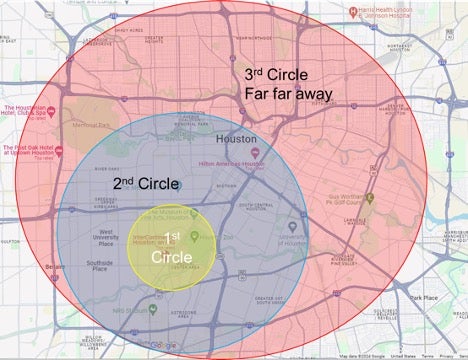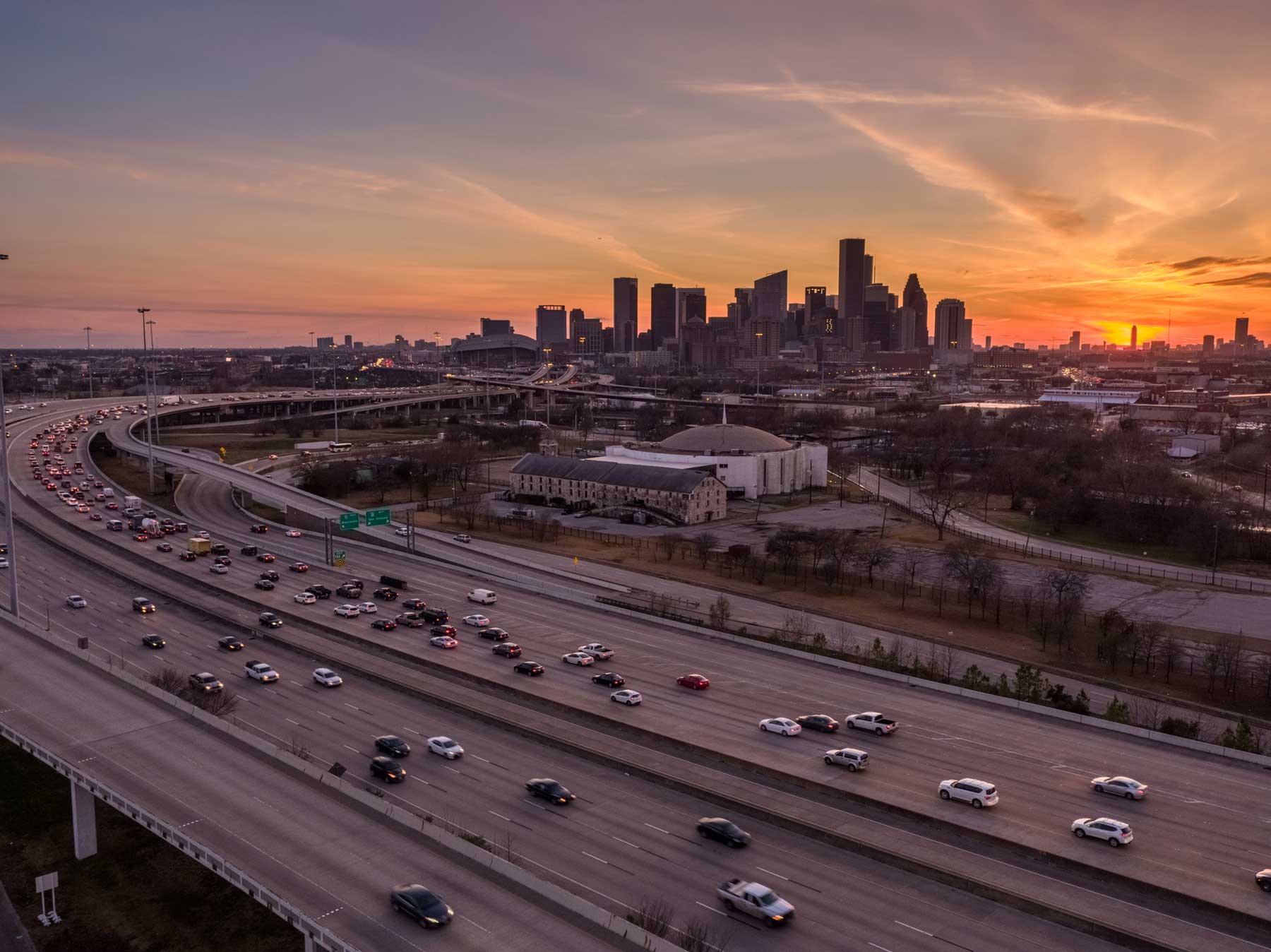I'll go straight to the point: is having a car in Houston recommended? Yes. Is it 100% necessary? No. While Houston is known for its sprawling layout and car-centric culture, residents can still navigate the city efficiently using alternative modes of transportation. Of course, this comes with its pros and cons.
The Pros
By using public transportation, you don’t have to worry about parking (especially downtown), traffic doesn’t affect you (when using the light rail (Metro) or bike), and you do not have to worry about all those additional costs that come with having a car, like insurance, gas, parking fees, etc.
The Cons
Plain and simple, Houston is a big city, and distances between places of interest can be massive, requiring long transportation times by Metro or bus. Even in some cases, destinations are not even fully accessible by public transportation.
The list of pros and cons can continue, but my point is clear: having a car is great, but you can live just fine without one. Let’s jump into the important part–if I don’t have a car, how can I make the best of it?
First, let’s discuss locations and distances in Houston. The practical way (for me) to visualize the city is by dividing it into concentric circles, having Rice University as the center of them (since that’s where we grad students spend most of our time). This first circle contains the museum district, Texas Medical Center, and Rice Village. These places are accessible via walking, biking, taking a Metro, scootering, basically everything. The second circle starts from the end of the first circle to Downtown, NRG Stadium, and ends basically where the Metro lines (red, green, and purple) end. These places are also easily accessible just by using the Metro or buses. Anywhere passing the end of the second ring belongs to the third circle, “far, far away.” At this point, you require ride-sharing services.

I hope this paints a picture of how easy (or difficult) it is to get to certain areas of Houston and shed some light on some of our transportation options. Now I'll dive deeper into this topic: what means of transportation do we have:
- Walking and biking: In my opinion, if you stick to the first circle, it’s more than doable, while biking can extend to almost all the second circle. However, Houston is hot in spring and summer, so even short distances can become quite the trail.
- Electric bikes and scooters: they’re becoming more and more popular. They provide short- and middle-distance solutions (1st and 2nd circle) and are readily available for rent in many parts of the city.
- METRO system (light rails and buses): METRO, the Metropolitan Transit Authority of Harris County, operates an extensive bus network and a light rail system that connects key areas within the city, including all of the Texas Medical Center, Rice University (three stops), Downtown, Astrodome, NRG stadium and more (full 1st and 2nd circles). In addition, Rice offers students the ability to purchase a metro card (online) for 55 dollars and receive a card loaded with 250 dollars, which also provides a 50% discounted ride fare, with local METRO bus and light-rail service at $0.60 per ride. This means you can get over 400 rides for just $55!
- Ride-sharing services: companies like Uber and Lyft provide on-demand transportation services, but they have a price tag. Uber charges a base fare of $1.90, $0.19 per minute, and $1.48 per mile. Lyft charges a $1.26 pickup charge, $0.17 per minute, and $1.33 per mile. These can be useful for once-in-a-while trips to the outer ring for places like the airport.
*Bonus* Rice shuttle services: Rice University has a free shuttle service running all around campus, the BRC, RGA, RVA, and the medical center. Also, there is a Saturday shuttle for grocery shopping for RGA, RVA, and RVT residents (Rice grad student housing). Overall, using the METRO system (light rail and buses) is the best in terms of price and maximum distance available, while the ride-sharing services are the easiest to use but, simultaneously, the most expensive.
Besides having these transportation means in mind to go in person, I’ll give some tips on how to do some things that would typically require a car without having one:
- Buying groceries: HEB offers the possibility to order online delivery for a small fee. This system keeps improving, making it easier to use the platform every time. Besides having access to most of the same discounts when shopping in person, there are also “digideals,” exclusive discounts when ordering online. Furthermore, in case of receiving the wrong item or missing items, it’s super easy to request a correction, which can lead to sending the missing items or receiving a reimbursement.
- Buying daily-use items and medicines: Amazon offers a practical solution for buying almost everything you need. As a student, you get six months of Amazon Prime Student for free, and afterward, you can keep the membership while paying the student discount. Amazon also has an Amazon pharmacy, which allows you to deliver any over-the-counter medication and transfer any prescription from other pharmacies. On another note, Favor Delivery is a Texas-based service that offers a wide range of items, including food, groceries (HEB uses this service), and essentials. Users can request a Favor Runner to pick up and deliver what they need for a price.
- Food delivery: Uber Eats is the king of food delivery services. Despite delivery and app fees, it offers many coupons and promotions (up to 40% discounts) worth using. Furthermore, if you are an Amazon Prime member, you can enjoy a free one-year Grubhub+ membership, which gives special promotions and free delivery on your orders.
I hope this blog has shown that despite Houston's size and car-centric culture, living without a car is more than possible!
About the author:
Manuel Carmona Pichardo is a current Ph.D. student in Chemistry. He earned his bachelor's in Chemistry from the Universidad Autonoma del Estado de Hidalgo (UAEH) in Pachuca, Hidalgo in Mexico. Read more.
Further Reading:
Exploring Historic Houses in Houston
Day Trip from Rice: Immerse Yourself in Texas History
The Weekend Has Arrived! What can you plan in H-Town?

